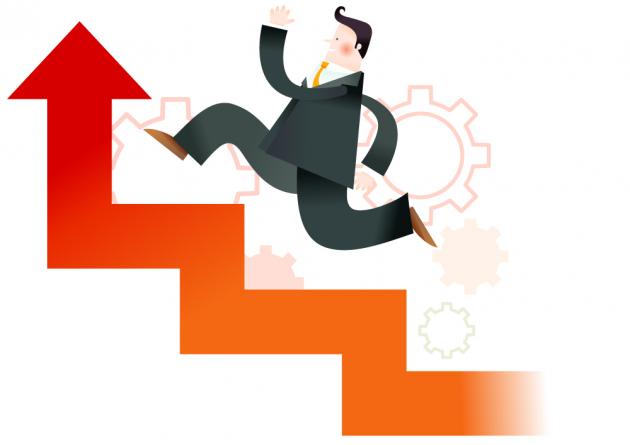Korean healthcare industry saw a 13.4 percent growth in exports and added 24,000 jobs in the first half of this year, government statistics showed Monday. Healthcare industry includes the biomedical sector, the medical equipment sector and the cosmetics industry.
According to the data by the Ministry of Health and Welfare, exports in the healthcare industry rose 13.4 percent to $5.41 billion in the first half from a year earlier. Imports went up 8.2 percent to $5.37 billion over the period.
Exports of biomedical products climbed 6.9 percent, and those of medical equipment and cosmetics rose 11.7 percent and 19.8 percent, respectively.

Exports of biomedical goods amounted to $1.65 billion, and imports increased 8.3 percent to reach $2.85 billion in the first half. Exports of biosimilars amounted to $410 million, accounting for 24.6 percent of the total exports of biomedical products, apparently boosted by winning licenses in the U.S. and Europe.
By country, the U.S. was Korea’s largest importer of Korean biomedical products with $220 million in the first half, followed by Japan with $180 million, China with $140 million and Brazil and Hungary with $100 million, respectively. Exports of pharmaceutical goods to the U.S., in particular, more than doubled to $220 million from a year earlier, which already exceeded the export volume of $120 million for the whole of last year.
Exports of medical equipment in the first half reached $1.47 billion, increasing 11.7 percent from a year earlier. Imports went up 8.3 percent to $1.76 billion. The growth was mainly driven by shipments of ultrasonic scanners ($250million, up 14.7 percent), examination devices for internal medicine and surgery departments, dental clinics or veterinary use ($150 million, up 33.3 percent) and devices for orthopedics ($130 million, up 32.1 percent).
The U.S. was also the largest importer of Korean medical equipment with $260 million in the first half, followed by China with $220 million, Japan with $120 million, Germany with $70 million and India with $50 million. Year-on-year growth in exports of Korean medical equipment was the largest in Turkey with 97.2 percent, followed by China with 34.4 percent, India with 33.4 percent and Russia, 31.3 percent.
Combined sales by 165 listed companies in the healthcare sectors inched up 3.4 percent to reach $13.35 billion in the first half. Their combined R&D surged 13.4 percent from a year earlier to amount to $820 million, reflecting the companies’ active re-investment of their profits in researches for the future.
Revenues for 106 listed pharmaceutical firms reached $7.34 billion in the first half, climbing 8.1 percent from a year earlier. In particular, sales of Celltrion and Samsung BioLogics, which led the export growth of biomedical products, jumped 56.3 percent and 25.4 percent, respectively.
Total R&D spending by pharmaceutical firms grew 16.3 percent year-on-year to reach $677 million in the first half, which is the highest level in the past five years. The ratio of R&D to revenue also rose to 9.2 percent, up 0.7 percentage points from a year earlier.
Combined sales by 36 listed medical equipment makers amounted to $972 million in the first half, rising 8.8 percent from a year earlier. Their R&D fell 3 percent to $759 million over the cited period.
Jobs in the healthcare sectors also rose. The number of healthcare jobs, including those in medical services, increased to 819,000 in the first half, up 3 percent from 795,000 at the end of 2016.
The pharmaceutical sector saw a 2.1 percent increase to 64,000 during the same period, followed by the medical equipment sector with 44,000, or up 3.7 percent. The cosmetics industry’s jobs rose 2.8 percent to 33,000. Jobs for medical services at hospitals and clinics grew 3.1 percent to 678,000.

